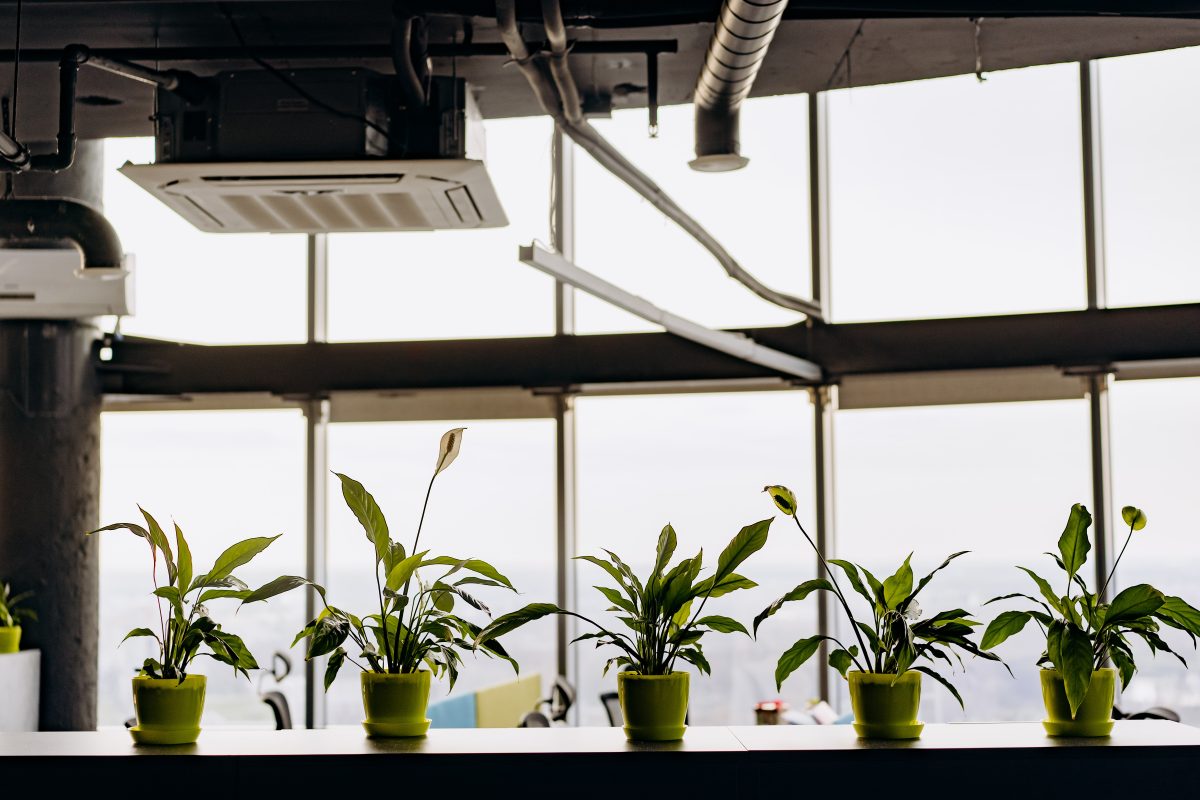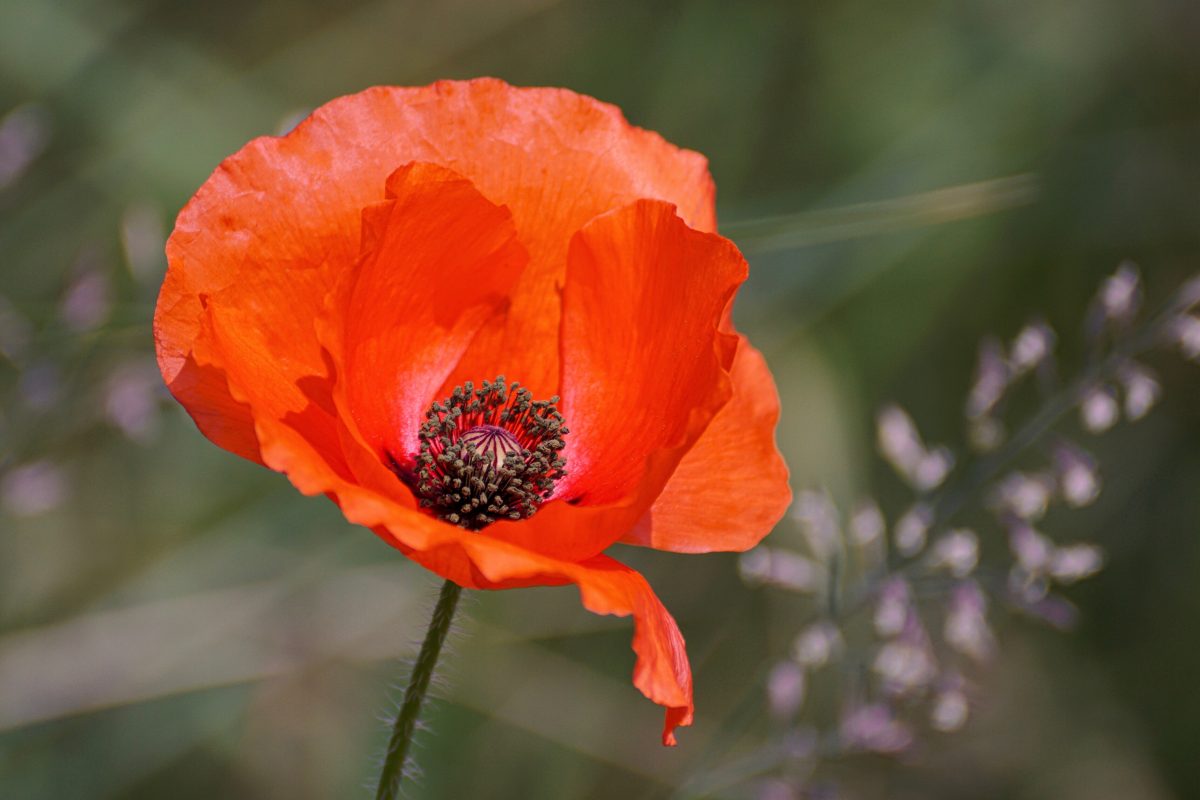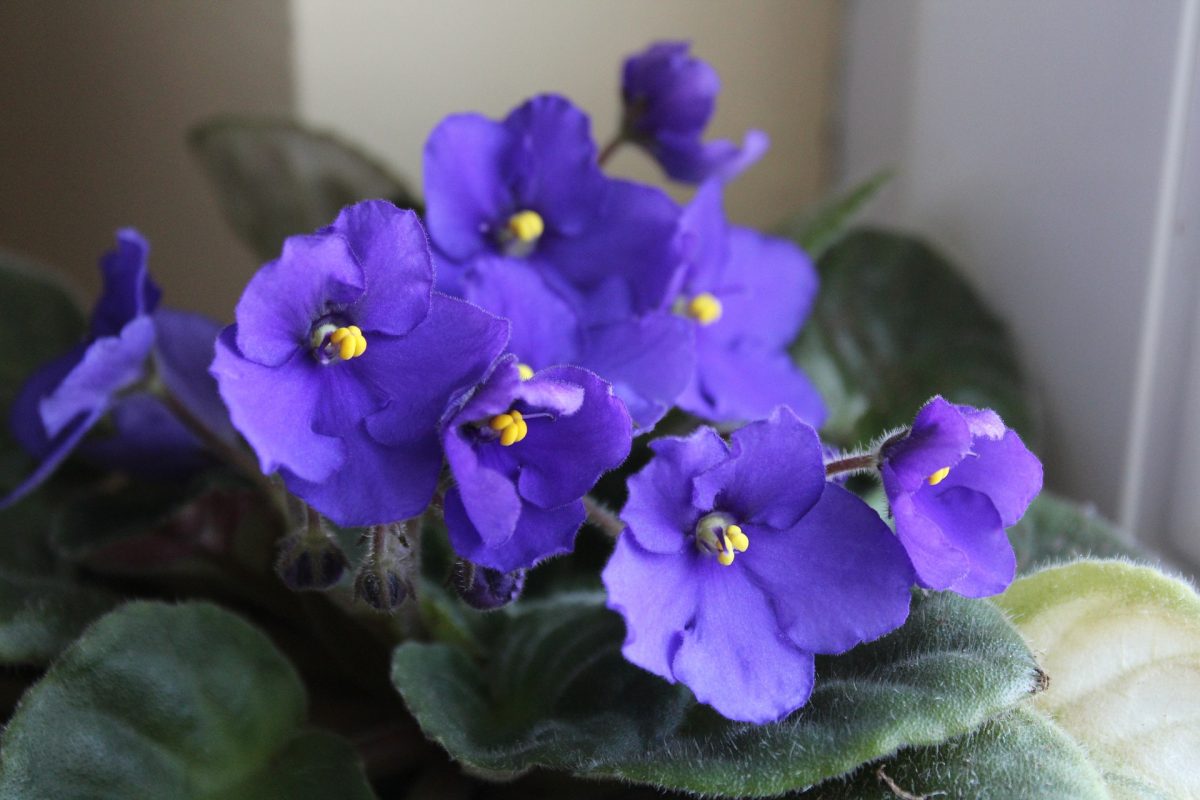Peace lilies are one of the easiest houseplants to grow unless you live in a tropical or subtropical location where you can grow them outside. These flowering, tropical plants belong to the genus Spathiphyluum with many varieties of styles and colors that bloom twice per year.
If you’re interested in the symbolism of flowers, the peace lily is associated with sympathy, healing, purity, hope, and its namesake, peace.
Be mindful if you’re considering growing this easy plant in your home as it is toxic to your pets and little ones. Think about access to animals and small children when picking the perfect place for your peace lily to sit.
Caring For Your Peace Lily

Despite their name, these aren’t technically lilies. Peace lilies are actually an evergreen plant native to Central and South America.
In their natural environment on the tropical forest floor, they receive only a little sprinkling of sunlight and consistent humidity and moisture.
You’re going to want to try and replicate these conditions in your home for your houseplant to thrive.
Preparing Your Peace Lily’s Pot
Peace lilies like to be a little root bound. You’ll want a pot that allows for this condition. If you notice roots growing out of the drainage holes or popping up out of the soil then you’re going to want to move the plant to a slightly larger pot in the early spring.
Terra cotta or clay pots are the best options for peace lilies as they wick away excess moisture.
It’s not a bad idea to re-pot your peace lily every couple of years. This allows you to provide it with fresh, nutrient-rich soil.
Proper Lighting
Peace lilies are common houseplants that require moderate to low lighting conditions. They grow best in indirect sunlight, so they should be placed near windows but not directly in them.
- For peace lilies growing in pots, you’ll need at least three hours of bright light each day. An east-facing window with filtered light is an ideal location if you have that option
- If there’s no natural light available where you live during winter months (or if it’s just too cold), consider LightlyBloom’s LED Grow Lights or other fluorescent bulbs for two hours every day until spring arrives again.
The Perfect Soil
Peace lilies like their organic matter in a loose potting mix. In their natural environment, they have soil that’s rich with decaying plant material.
If you mimic these conditions in your indoor environment, you’ll find a plant that thrives.
These plants are highly sensitive to water conditions. Too-damp conditions can be a serious problem so make sure you use soil that drains extremely well.

Watering Your Peace Lily
Water your peace lily when the soil is dry. You can check this by pushing a finger into the top of the soil and then pulling it out. If you see any moisture on your finger, it’s time to water your plant. It’s better to under-water them rather than over-water.
When you do water, pour enough into the pot until it drains out of the bottom of your pot (but not so much that there are puddles).
It’s also important not to let them sit in standing water or get soggy roots–this can lead to root rot and kill off parts or all of your plant!
If your tap water is highly chlorinated, consider using filtered water when watering your lily or let the water sit for a few days to evaporate the chlorine.
Fertilizing Your Peace Lily
To ensure your peace lily is getting everything it needs to thrive, you’ll need to fertilize it once a week over the summer only. Peace lilies prefer a balanced fertilizer that will give them all the nutrients they need without overfeeding. Use a fertilizer that is balanced such as a 10-10-10 NPK. You can also opt for one that’s a little higher in nitrogen.
You can fertilize with any type of liquid or dry fertilizer as long as it’s formulated specifically for flowering plants like yours (look for “blooming” on the label). If using a liquid, follow the instructions on how much water to mix with it–you don’t want too much or too little liquid! Otherwise just sprinkle some granules around each flower pot once a week during the spring/summer months.
The Ideal Temperature And Humidity Levels
The ideal temperature range for peace lilies is 65-80 degrees Fahrenheit. If you’re growing your peace lily in an environment that fluctuates too much, it will likely be unhappy and may die. The ideal humidity level should be above 40%.
It’s easy to increase the humidity around your peace lily: simply mist its leaves with water every few days. Make sure to use softened or distilled water when spraying the leaves. You’ll only need to mist the plant over the summer growing season.
Propagating A Peace Lily
Peace lily propagation is a simple process that you can do at home. In fact, there are several ways to propagate your peace lily, here’s how:
Dividing The Plant
This is a great way to propagate if you have an extra plant or two and want to share with friends or family members. The best time for dividing is late summer or early fall when the rhizomes have produced new shoots but before they go dormant for winter (i.e., before frost).

Follow these steps:
- Remove the plant from its pot. You’ll want to tug or cut the adjacent crowns. You can simply cut away part of the main root ball.
Any piece you cut away that has two or more leaves growing from it has outstanding chances of growing into a new plant. - Prepare a 6-inch pot with good, rich, well-drained soil. Make sure the soil is moist, but not over-watered.
- Immediately plant the root clumps with the two or more leaves in the smaller pot.
- It’s important that this new plant be kept somewhere warm with good light. Within a month, the roots should have recovered and established themselves.



